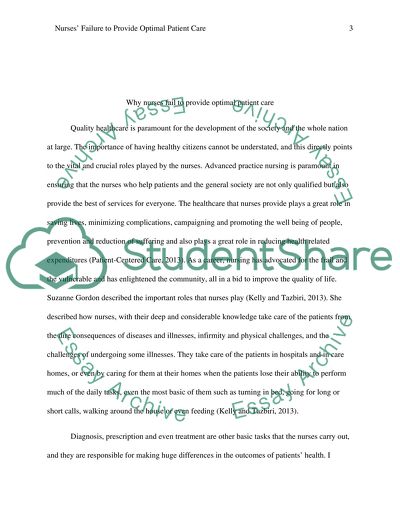Cite this document
(“Ethical Issue in Advanced Practice Nursing Essay”, n.d.)
Retrieved from https://studentshare.org/nursing/1630405-ethical-issue-in-advanced-practice-nursing
Retrieved from https://studentshare.org/nursing/1630405-ethical-issue-in-advanced-practice-nursing
(Ethical Issue in Advanced Practice Nursing Essay)
https://studentshare.org/nursing/1630405-ethical-issue-in-advanced-practice-nursing.
https://studentshare.org/nursing/1630405-ethical-issue-in-advanced-practice-nursing.
“Ethical Issue in Advanced Practice Nursing Essay”, n.d. https://studentshare.org/nursing/1630405-ethical-issue-in-advanced-practice-nursing.


